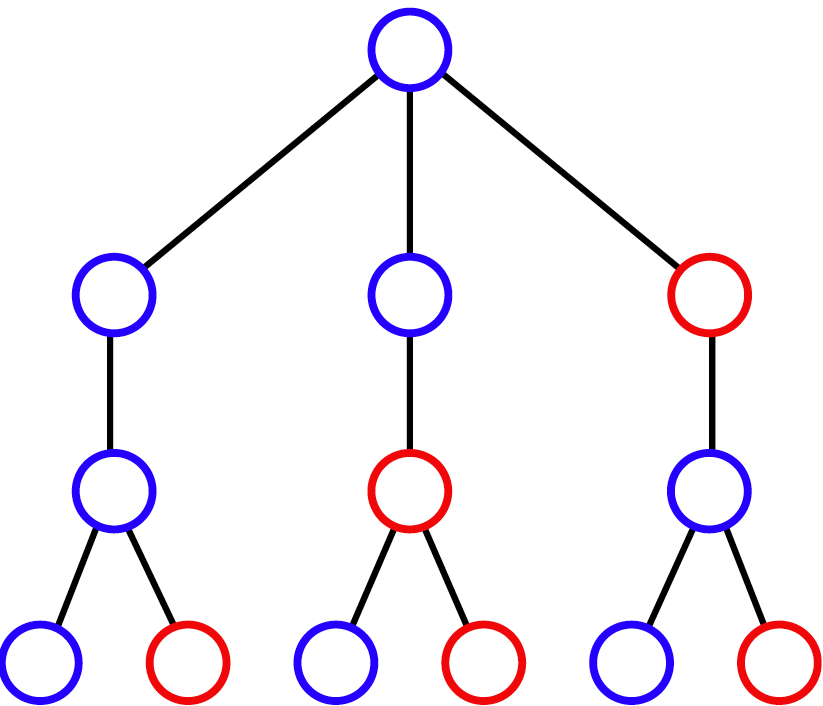
Given a graph $G$, a coloring of the vertices of $G$ is distinguishing if the only color-preserving automorphism of $G$ is the identity map. The distinguishing number of $G$ is the minimum $k$ such that there exists a distinguishing $k$-coloring of $G$. The chromatic distinguishing number of $G$ is the minimum $k$ such that there exists a distinguishing $k$-coloring of $G$ that is also proper. Just as the chromatic number extends to the list-chromatic number by assigning arbitrary lists of size $k$ to the vertices, so can we extend distinguishing (chromatic) number to list-distinguishing (chromatic) number.
While the chromatic number and list-chromatic numbers can be arbitrarily far apart (even for bipartite graphs), there is no known example of a graph with a larger list-distinguishing number than its distinguishing number. There is some motivation for this: in the coloring case, having disjoint lists essentially adds an edge (and hence a constraint) to the graph, since those vertices can never have the same color. However, for distinguishing having disjoint sets only gives us more ways to break automorphisms. But the main conjecture remains open.
Conjecture. For every graph, the distinguishing number equals the list-distinguishing number.
We prove that these are always equal for trees (and forests are not terribly hard to prove from there, but there are details that we omit).
Web Version ArXiv Version Official Version